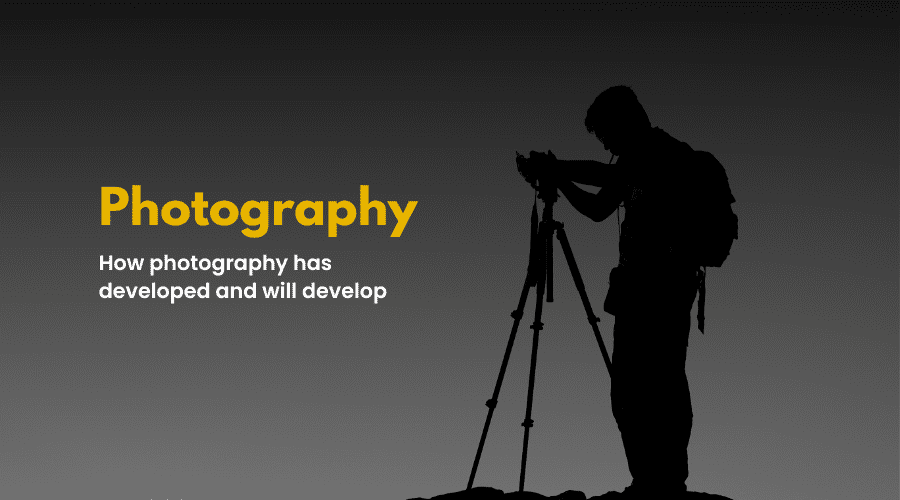The analogue days
Before the advent of digital photography, taking a photograph was quite different to how it is now. It involved several time-consuming steps and required specialized equipment. Photographers would load a roll of film into their cameras which usually held around a dozen exposures. They would then use their camera to capture light to record an image onto the film. Next, they would send the film to a laboratory for development, which involved a series of chemical processes that would be used to produce a negative image.
The next step was to make a print in a darkroom. This involved exposing a light-sensitive piece of paper to light and then using chemicals to produce the final print. The process was labour-intensive, and the equipment was expensive and often large and unwieldy. Moreover, making multiple copies of an image without losing quality was difficult, and once the photo was taken, making changes or adjustments to the image was nearly impossible.
However, despite its limitations, photography was an exciting and popular growing work. It paved the way for the advent of digital photography years later, which has completely transformed the way we take and share images today. With digital cameras and smartphones, taking and sharing photos has become much easier, faster and more convenient. The rise of digital photography has allowed people to take and share images in new and innovative ways, and it has made photography more accessible to a wider audience.
The rise of digital photography
As you probably know, digital cameras have had a massive impact on the world of photography. Portrait photographer Moritz remembers that before digital cameras arrived, taking a photo still involved a complex process that required specialized equipment and skills. However, digital cameras have changed all of that. They have made photography more accessible to everybody and user-friendly, allowing people to easily take and share images without having to invest in expensive equipment or learn complex processes.
With cheap modern digital cameras, you can see your images immediately right after you take them. This gives photographers the opportunity to adjust their settings and retake the photo if necessary, which can certainly result in better images and more creative opportunities. Moreover, digital cameras have made the process of taking and sharing photos much more efficient and certainly more fun as well. A single memory card can store thousands of high-res photos, which can then be transferred to a computer or other device for editing, printing, or sharing. Digital cameras have completely changed the wedding photography workflow with established wedding photographers often shooting thousands of wedding photos in a single say.
The arrival of AI
It seems like the development of artificial intelligence is so fast currently that it’s hard to keep track. AI certainly has the potential to significantly transform photography. Firstly, it might do this through image enhancement. AI algorithms can automatically enhance photos by adjusting factors such as colour balance, brightness, contrast and even sharpness. This makes it easier for photographers to get the perfect shot, without having to spend too much time on manual editing.
Inside the camera, AI could change photography through object and scene recognition. AI algorithms can identify objects, scenes, and landscapes within a photo, making it easier for photographers to categorize and find specific images. This could definitely save photographers a lot of time and effort in their post-production work.
AI can also be used for automated editing in post-production. By analyzing photos, AI algorithms can make informed decisions on how best to crop, adjust, and retouch images, potentially reducing the time and effort required for manual editing. This could make it easier for photographers to get their work done, especially for those who are not skilled in image editing software.
In addition, AI has the potential to enhance photos through augmented reality, even though this isn’t popular just yet. By incorporating 3D objects and animations, AI can create an augmented reality experience for viewers, taking photography to a new level of creativity and interaction.
What comes next?
According to Funeral Memories, AI has the potential to enhance the creativity of photography by offering new tools and possibilities for image creation and manipulation. However, it can also have the opposite effect and make photography less creative if it is used in a way that relies too heavily on automated processes and reduces the role of the photographer in the creative process.
For example, AI algorithms can make it easier for photographers to create high-quality images by automatically adjusting factors such as color balance, brightness, and contrast. This can free up photographers to focus on other creative aspects of image-making, such as composition, lighting, and storytelling.
On the other hand, if AI is used to create images with little or no human intervention, it could actually and regretfully lead to a loss of creativity and uniqueness in photography. This is because AI algorithms – unlike humans – are designed to follow specific rules and patterns, which can result in images that lack the personal touch and individuality that makes photography so compelling.



































